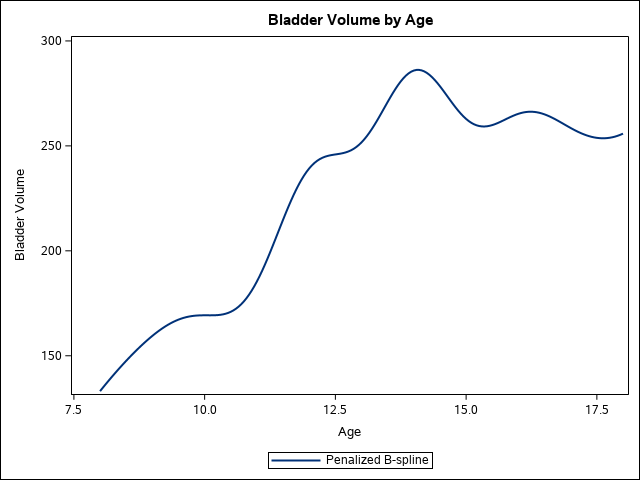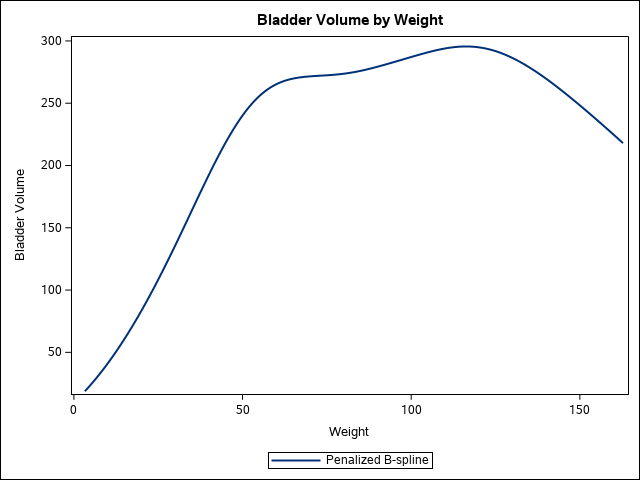Emergency Medicine: All Areas
Category: Abstract Submission
Emergency Medicine VI
351 - Development of a pediatric reference standard for goal-fill bladder volumes by age and weight for trans-abdominal pelvic radiology-performed ultrasound (PRUS)
Saturday, April 23, 2022
3:30 PM - 6:00 PM US MT
Poster Number: 351
Publication Number: 351.205
Publication Number: 351.205
Patrick Drayna, Medical College of Wisconsin, Cedarburg, WI, United States; sri s. chinta, Medical College of Wisconsin, HARTLAND, WI, United States; Alexis Visotcky, Medical College of Wisconsin, Milwaukee, WI, United States; Amanda S. Dupont, Medical College of Wisconsin, Milwaukee, WI, United States; Sachin Kumbhar, Virginia Mason Franciscan health, Seattle, WA, United States

Patrick Drayna, MD (he/him/his)
Associate Professor of Pediatrics
Medical College of Wisconsin
Milwaukee, Wisconsin, United States
Presenting Author(s)
Background: Although bedside bladder scan devices can provide estimates of bladder volume, their ability to detect readiness for pelvic radiology-performed ultrasound (PRUS) cannot be studied because the required volumes have not been published.
Objective: We aim to develop a reference standard for pediatric bladder volumes adjusted for age and weight for PRUS. We hypothesize that bladder volumes would vary by age and by weight.
Design/Methods: We retrospectively calculated bladder volumes on all successful PRUS studies at Children’s Wisconsin during a two-year period (1/1/2017 - 12/31/2018) for patients 8-18 years old, excluding patients with bladder filled by catheter. We used the ellipsoid bladder volume formula (height x width x depth x 0.52) using the largest cross-sectional areas captured on transverse and longitudinal cine clips. Measurements were collected by two trained study personnel whose initial measurements were validated by a pediatric radiologist. We recorded patient weight at or near the time of PRUS. Bladder volume by weight percentile and age group were descriptively analyzed with the functional relationship between bladder volume, age, and weight represented in Figures 1 & 2. We used a quantile regression model to regress bladder volume on age adjusting for weight (Figure 3).
Results: Bladder volumes on PRUS were calculated on 1,030 patient studies. Bladder volumes by age and weight groups show the greatest drop in median volume in younger age groups, particularly in non-overweight children. Bladder volumes on PRUS increased linearly by age and weight until approximately 13 years old and 60 kg, respectively, with little change seen thereafter in 13-18-year olds.Conclusion(s): Bladder volume needed for successful completion of PRUS varies not only by age but also by weight, however this effect is mainly seen in younger patients < 13 years old. We provide a reference standard for goal-fill bladder volumes by age adjusted for weight. This tool can be used in future studies of the effect of using bedside bladder volume estimates to detect patient readiness for successful completion of PRUS.
Figure 1 Bladder Volume (mL) by Age (years) at time of successful PRUS
Bladder Volume (mL) by Age (years) at time of successful PRUS
Figure 2 Bladder Volume (mL) by Weight (kg) at time of successful PRUS
Bladder Volume (mL) by Weight (kg) at time of successful PRUS
Objective: We aim to develop a reference standard for pediatric bladder volumes adjusted for age and weight for PRUS. We hypothesize that bladder volumes would vary by age and by weight.
Design/Methods: We retrospectively calculated bladder volumes on all successful PRUS studies at Children’s Wisconsin during a two-year period (1/1/2017 - 12/31/2018) for patients 8-18 years old, excluding patients with bladder filled by catheter. We used the ellipsoid bladder volume formula (height x width x depth x 0.52) using the largest cross-sectional areas captured on transverse and longitudinal cine clips. Measurements were collected by two trained study personnel whose initial measurements were validated by a pediatric radiologist. We recorded patient weight at or near the time of PRUS. Bladder volume by weight percentile and age group were descriptively analyzed with the functional relationship between bladder volume, age, and weight represented in Figures 1 & 2. We used a quantile regression model to regress bladder volume on age adjusting for weight (Figure 3).
Results: Bladder volumes on PRUS were calculated on 1,030 patient studies. Bladder volumes by age and weight groups show the greatest drop in median volume in younger age groups, particularly in non-overweight children. Bladder volumes on PRUS increased linearly by age and weight until approximately 13 years old and 60 kg, respectively, with little change seen thereafter in 13-18-year olds.Conclusion(s): Bladder volume needed for successful completion of PRUS varies not only by age but also by weight, however this effect is mainly seen in younger patients < 13 years old. We provide a reference standard for goal-fill bladder volumes by age adjusted for weight. This tool can be used in future studies of the effect of using bedside bladder volume estimates to detect patient readiness for successful completion of PRUS.
Figure 1
 Bladder Volume (mL) by Age (years) at time of successful PRUS
Bladder Volume (mL) by Age (years) at time of successful PRUSFigure 2
 Bladder Volume (mL) by Weight (kg) at time of successful PRUS
Bladder Volume (mL) by Weight (kg) at time of successful PRUS